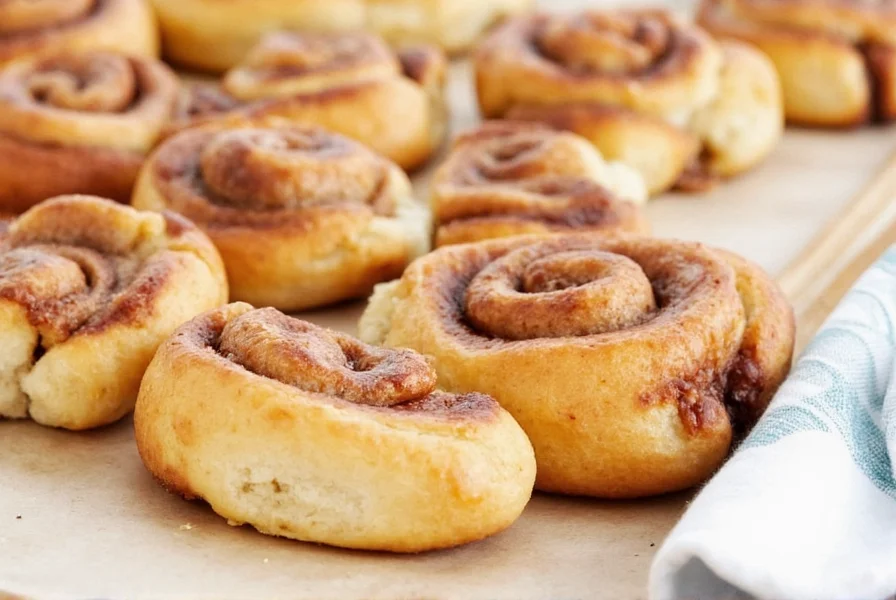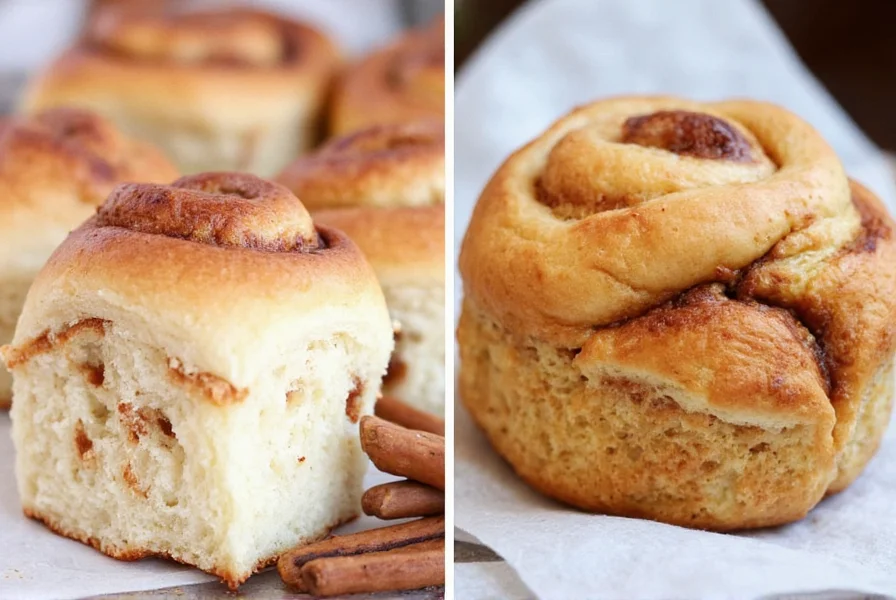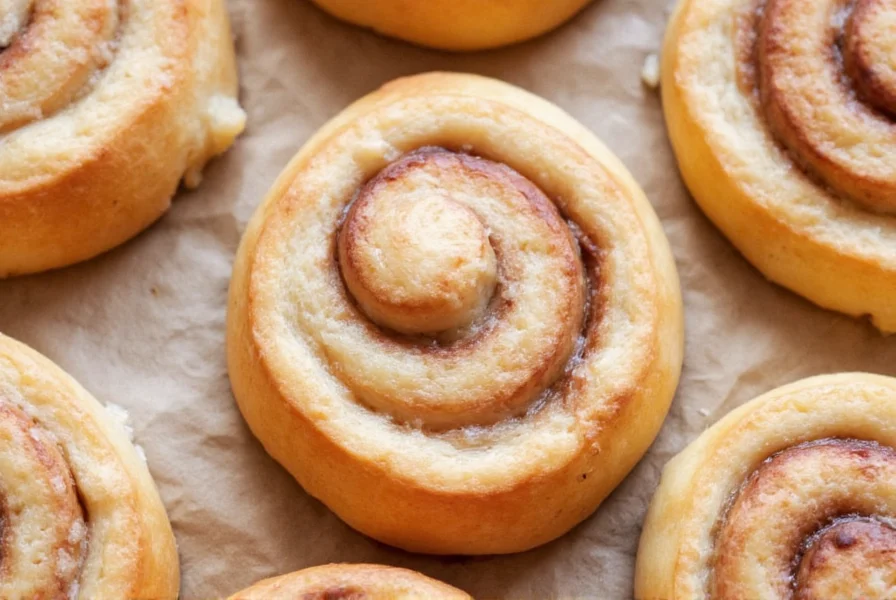When searching for cinnamon roll images, understanding what makes a truly effective visual representation matters. Professional food photography of cinnamon rolls emphasizes specific elements that trigger appetite appeal while maintaining authenticity. These include steam rising from freshly baked rolls, visible cinnamon swirl patterns when cut open, and icing that appears freshly drizzled rather than hardened.
Key Characteristics of Effective Cinnamon Roll Photography
Exceptional cinnamon roll images share several distinguishing features that separate professional-quality photography from amateur attempts. The most compelling authentic homemade cinnamon roll photography demonstrates:
- Natural lighting that enhances texture without creating harsh shadows
- Visible layers showing the spiral pattern when sliced
- Temperature cues like steam indicating freshness
- Complementary styling with appropriate props that don't distract
- High-resolution details capturing sugar crystals and icing texture
Food photographers specializing in baked goods understand that professional cinnamon roll food photography tips often involve shooting within minutes of baking when the pastry still maintains optimal visual appeal. The ideal temperature range for photography (140-160°F) allows steam to be visible while preventing icing from melting too quickly.

Common Cinnamon Roll Image Styles
Different visual approaches serve various purposes when searching for cinnamon roll stock images. Understanding these styles helps locate the most appropriate visuals:
| Image Style | Best Use Cases | Key Visual Elements |
|---|---|---|
| Lifestyle photography | Blog posts, social media | Hands holding rolls, casual settings, natural environment |
| Product-focused | Recipe websites, food magazines | Clean background, isolated subject, detailed texture |
| Step-by-step process | Cooking tutorials, baking guides | Dough preparation, rolling technique, baking stages |
| Overhead flat lay | Food blogs, Pinterest content | Bird's-eye view, complementary ingredients, artistic arrangement |
Effective Search Strategies for Cinnamon Roll Images
To find the most suitable high-resolution cinnamon roll images for your needs, refine your search approach with these techniques:
Use specific descriptive terms that professional food photographers and stock image platforms employ. Instead of generic searches, try combinations like "golden brown cinnamon roll closeup no text" or "homemade cinnamon roll slice showing swirl natural light." These best cinnamon roll image styles for food blogs yield more targeted results.
When searching for commercial use, include licensing terms in your query such as "royalty-free cinnamon roll photography" or "copyright-free cinnamon roll pictures for recipes." Reputable image platforms typically categorize food photography by usage rights, making these specific terms valuable for finding appropriate visuals.

Avoiding Common Image Search Pitfalls
Many searchers encounter frustration when looking for quality cinnamon roll visuals. Recognize these common issues:
- Over-styled images with excessive props that distract from the pastry itself
- Artificial lighting that creates unnatural color tones or harsh reflections
- Watermarked previews that aren't available in usable resolution
- Misleading angles that don't show the characteristic swirl pattern
- Stock photo clichés like hands reaching from outside the frame
For recipe developers and food bloggers, the most valuable cinnamon roll photography for baking websites demonstrates authentic preparation methods rather than heavily stylized presentations. Look for images showing the actual baking process, ingredient incorporation, and realistic finished products without excessive digital enhancement.
Understanding Image Usage Rights
Before using any cinnamon roll images you find online, verify the licensing terms. Many seemingly free cinnamon roll pictures actually require attribution or have usage restrictions. Commercial projects typically need properly licensed images, while personal blogs might qualify for more flexible usage terms.
Reputable sources for cinnamon roll food photography include established stock image platforms, culinary school resources, and professional food photographer portfolios. Always check whether images were created specifically for food styling or repurposed from general stock collections, as dedicated food photography typically shows greater attention to baking-specific details.
Frequently Asked Questions
What makes a cinnamon roll image suitable for professional food blogs?
Professional food blogs require high-resolution cinnamon roll images showing visible swirl patterns, natural lighting that highlights texture without distortion, and authentic presentation without excessive styling. The best images capture steam rising from freshly baked rolls and show the sticky consistency of the icing. These elements create visual appeal while maintaining authenticity that resonates with baking enthusiasts.
How can I find copyright-free cinnamon roll images for my recipe website?
To find copyright-free cinnamon roll images, search using specific terms like "royalty-free cinnamon roll photography" or "public domain baked goods images." Reputable sources include government culinary school archives, Creative Commons licensed photography platforms, and some stock image sites offering free tiers. Always verify the specific license terms, as "free" doesn't always mean unrestricted commercial use. For recipe websites, look for images that show the actual baking process rather than heavily styled presentations.
What lighting works best for photographing homemade cinnamon rolls?
Natural window lighting from a north-facing window (in the Northern Hemisphere) provides the most flattering illumination for cinnamon roll photography. The ideal time is during daylight hours when the sun isn't directly hitting the window, creating soft, diffused light that highlights texture without harsh shadows. Professional food photographers often use a reflector on the opposite side to fill in shadows while maintaining dimension. Avoid direct flash photography, which creates unnatural highlights on the sticky icing and obscures the delicate pastry layers.
Why do some cinnamon roll images look unappetizing despite good resolution?
High-resolution cinnamon roll images can still appear unappetizing when they lack key visual elements that trigger appetite appeal. Common issues include artificial lighting that distorts color tones, icing that appears hardened rather than freshly drizzled, absence of steam indicating warmth, and styling that distracts from the pastry itself. The most appealing images showcase visible cinnamon swirls, flaky layers, and a slightly glossy surface that suggests freshness—elements that many technically sharp images miss when focusing solely on resolution rather than food-specific presentation.











 浙公网安备
33010002000092号
浙公网安备
33010002000092号 浙B2-20120091-4
浙B2-20120091-4